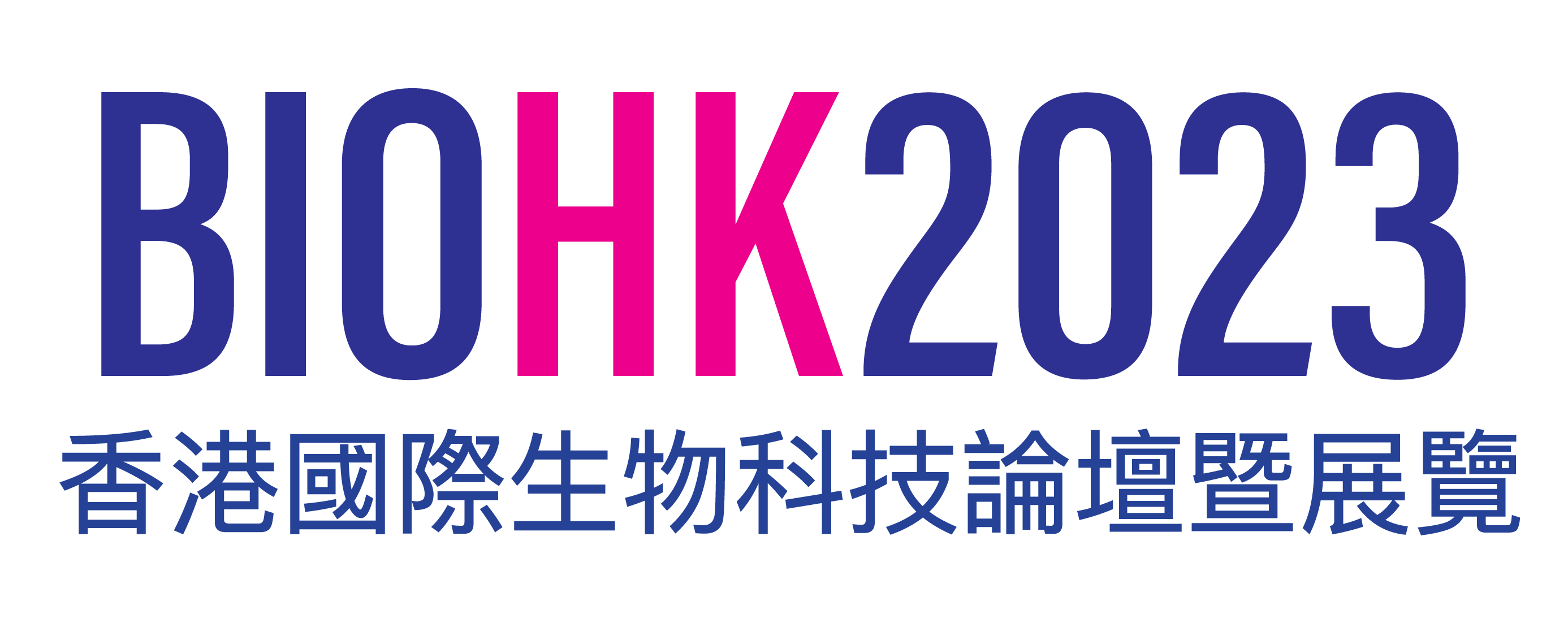Efficiency and sustainability go hand-in-hand, with an added bonus: farmers improve crop yields

arming has always involved risk. Risk of pestilence, water shortages or excess, and weather events are only a few of the conditions affecting successful crop growth. Applied nutrients and crop protectors help plants thrive but can result in environmental harm. Given sustainability concerns, growing tomorrow’s food supply is even more fraught with challenges. The world’s population continues expanding, but available farming land is actually shrinking, inside and outside the U.S. And the demands are growing. Currently the planet contains 7.6 billion inhabitants, but the population is expected to expand to 9.8 billion by 2050. Farmers are tasked with feeding the world, but increasingly, they need to do so with fewer resources.
The good news is that agricultural technology designed to address this growing need is booming. Smart farming technologies are gaining steam, with innovations ranging from seed breeding to seed feeding to the ability to monitor crops and conditions in real time using sensors and internet of things (IoT) capabilities. Farmers can incorporate current and past weather data and field performance history, weaving in localized data for planning and crop management.
FROM THE LAB TO THE FIELD: BIOTECHNOLOGY INNOVATIONS
Agricultural innovation includes biotechnology, a market projected to grow 7.07% compound annual growth rate (CAGR) between 2019 and 2025, with nearly $90 billion spent in 2018. Biotechnology innovations include seed breeding techniques and tools to modify organisms to affect yield, size, or color.
Pivot Bio uses biology to produce better sources of nitrogen to feed crops and protect natural resources. Chemical fertilizer often becomes runoff into waterways after rain, contributing to dead zones. Nitrous oxide is also released into the atmosphere, adding to global warming. Pivot Bio’s products combat those problems, while helping improve farmer productivity. The company created a solution using microbes that adhere to plants’ roots, delivering nitrogen when needed. The product is applied in-furrow, along with the seeds.

“There isn’t nitrogen sitting in the soil waiting to be washed away,” says Pivot Bio co-founder and CEO Karsten Temme. “Eliminating the runoff and emissions has a big impact on the environment.” It has a big impact on crops too. Temme says that by providing consistent nitrogen to the plants, corn farmers have increased their yield six bushels per acre on average.
DATA INSIGHTS AND A PERSONAL TOUCH
Innovation in precision agriculture is growing as well, a market anticipated to reach $43.4 billion by 2025. Applying various technologies help farmers increase efficiency. This is a hot topic in college agriculture programs. “For each kid in our program, five or six people in the agriculture industry want to hire them. There’s a job waiting for them,” says Kevin Butt, professor of agriculture at Ellsworth Community College in Iowa Falls, Iowa. On the hardware side, Butt sees wide adoption of innovations like yield monitors and automated planters and sprayers. “We’ve done everything to the equipment to make it as efficient as we can,” he says. The next step is analyzing the information gathered by these tools.
That’s an area that Nutrien Ag Solutions focuses on. Nutrien Ag Solutions has become the leading ag retailer in part by using data science and digital technology to deliver solutions and recommendations to their growers, all while enhancing the personalized relationship with every grower. Their Digital Hub allows crop consultants to customize crop plans for their growers throughout the season.Growers using the Digital Hub have access to daily weather stories, product information, and invoices and can order products online. The Digital Hub creates convenience for growers along with tools to help them mitigate risk, make data-driven decisions, and ultimately drive profitability.
“As much as we’re investing in technology, we still rely on the relationships between our crop consultants and our growers. We’re building tools to provide our crop consultants with the data and insights they need to deliver recommendations for growers to be profitable and efficient,” says Rob Dunlop, Nutrien Ag Solutions’ vice president of innovation and technology adoption. “The Digital Hub helps us provide a comprehensive plan for growers and allows us to be nimble throughout the season.”
With Nutrien Ag Solutions Digital Hub, growers benefit from the new seed recommendation tool to prepare for the next growing season. “The Digital Hub hosts a comprehensive dataset that accounts for variables that would impact seed performance, down to the field level,” Dunlop adds. “We optimize our access to global insights to bring a very local solution to growers across the country.”
Precision agriculture is helpful even on smaller farms. Butt farms a few hundred acres and found that analyzing his field data allows him to apply less fertilizer. “In the past, I spread the whole field with potash at a consistent rate. Now, by pulling soil samples, I know which areas need more potash and only spread it in that part of the field,” he says. That results in both time and money savings.
DRONES, BOTS, AND OPTIMIZING EQUIPMENT
Drones are a prime way to scope out and apply products to the fields. Drones can use infrared, thermal imaging, or traditional cameras to gather images to analyze. Software can identify individual plants, down to the corn tassel, Butt says, or give a plant count per acre. The software can identify individual weeds, then use an attached spot sprayer to kill them. Eventually, Butt says, flying and land-based drones will be able to pick the produce as well. Some farms are using drones to spread seeds for cover crops. By 2025, an estimated 80 percent of drone sales will be for agriculture.

Tractors optimized with GPS can help farmers deliver more exact inputs using the boom nozzles. The technology can even automatically adjust the amount needed when making turns. With GPS and cloud processing, the nozzles can stop spraying once the area has received its allotment.
Adding automation like autosteering to equipment is saving farmers time and improving their mental health as well, Butt says. It can take most of a day to plant a 100-acre field without autosteering, given the time and focus the farmer spends turning the tractor around and ensuring it stays properly lined up. Autosteering cuts the planting time by several hours, but also requires less intense focus. “Before, I was mentally spent after a day planting. Now, I’m in a better mood and can plant another field.” Magnify these results with larger farms, and the benefits are also magnified.
Smart farming doesn’t always require major automation efforts, though. Farmers are now relying on smartphone apps that can diagnose plant diseases or insect damage with a snapshot. Such tools can help them target the right solution.
Transparency is increasingly a goal for selling agricultural products. Blockchain is invaluable for that. Tracing the seed from the farm to the processor to the store helps in marketing the product to the end consumer. But it also helps the farmer with sales, as buyers seek specific crop qualities or characteristics. Blockchain tracks trade histories, prices, and details behind the deals, allowing sellers and purchasers to transact with confidence.
Like other technologies, the longer it’s around, the more affordable it becomes. “With precision agriculture, the technology is now more adaptable, and the price is coming down,” Butt says.
By Fastco Works

